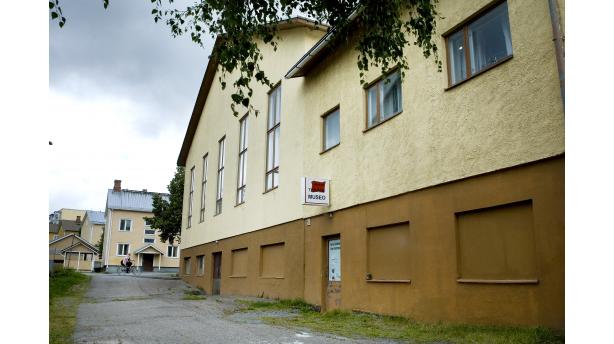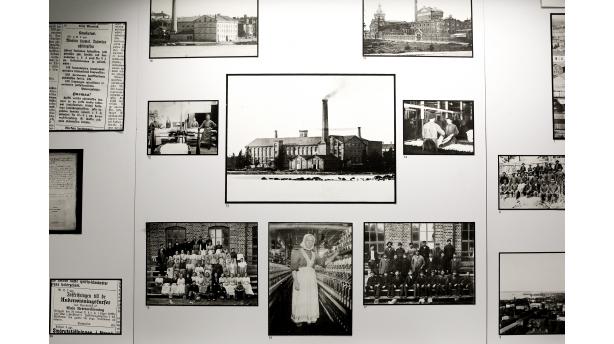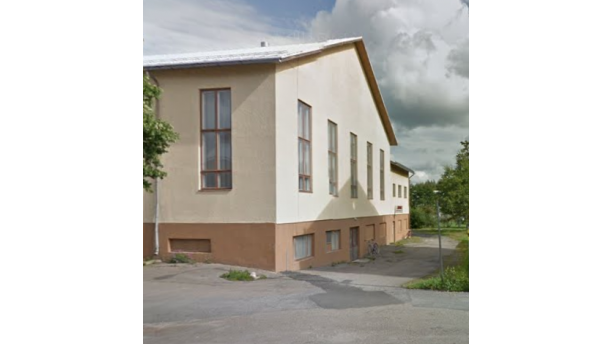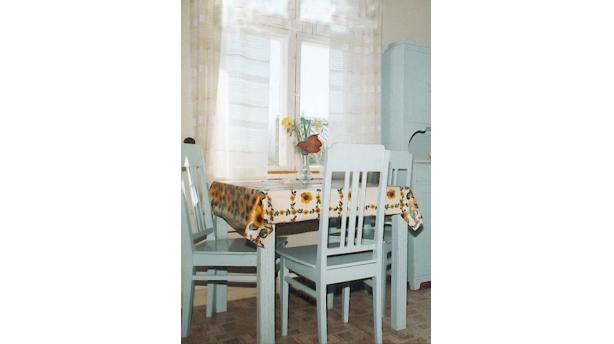Museum A-Ö » Religion and society » Vaasa Museum of Labour
Vaasa Museum of Labour




Did you know...
The people of Palosaari used to get together before the workers’ march on May Day first in Palosaari and then marched as one group to the city centre.
In the Vaasa Museum of Labour are displayed traditions and history of the labour movement mainly with the help of photographs and diverse artefacts. There are also various alternating theme exhibitions in the museum.
The Vaasa Museum of Labour is located in the Palosaari Organization House (Palosaaren järjestötalo) in Vaasa. This is a most fitting place for the museum, as Palosaari was for a long time in the beginning of industrialization a labourers’ neighbourhood. The cotton factory provided at its peak a livelihood for 1 500 workers, and people preferred to live close to the factory area. The sugar factory and steam mill also offered work for the citizens. The organization house was built by volunteer work during the 1950s and 1960s.The museum’s basic exhibition recounts the history of workers and the labour movement in Vaasa from the 1850s to the 1990s mainly with the help of photographs, clippings and artefacts. The primary task of the labour movement was to take care of the workers’ rights, but the associations also arranged dances and theatre shows, which have been recorded in photographs. At its peak there were 700 participants in a dance. In the 1940s and 1950s a magazine called “Free Word” (“Vapaa sana”) was also published.
“Fanny’s Home” is another important part of the basic exhibition. Fanny Männistö made her living in the bakery of the blue-collar co-operative shop and she also actively worked in the labour movement. She lived in Palosaari until her death in the 1990s. Her next of kin donated her movables and belongings to the museum. They are now a central part of the exhibition, which recounts how the people of Palosaari lived, what the life of the workers looked like and which items were important for them.
There is a library of around 4 800 volumes in the museum, which comprises works dealing with social themes but also fiction. In addition the museum maintains an archive of newspapers, clippings and documents as well as an extensive collection of photographs. There is picture material all the way from the year 1862 up to the 1990s. The photographs recount the life of Vaasa people and depict the city in the beginning of the 20th century. Buildings have been demolished, fashion has changed and horses have been replaced by cars.
The changing thematic exhibitions usually deal with the activity of the labour movement and the history of work from different perspectives.
Starting from May 1, 2025: Dance and Volunteer Work – 70 Years of the Palosaari Community House. The duration of this exhibition has not yet been determined.



